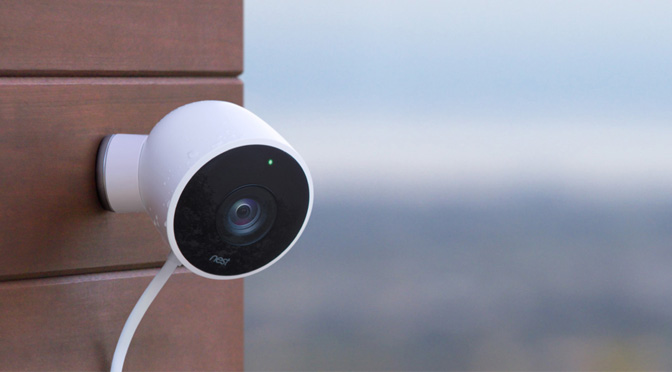In the ever-evolving landscape of security threats, businesses are increasingly recognizing the need to adopt advanced technologies to safeguard their assets, data, and employees. One such technology is the integration of smart surveillance systems, which have become essential in strengthening enterprise security measures. These systems go beyond traditional surveillance techniques by incorporating cutting-edge technologies such as artificial intelligence, machine learning, and cloud-based analytics, making them more efficient, adaptable, and capable of proactively addressing security concerns. Smart surveillance systems utilize a combination of high-definition cameras, sensors, and real-time data analysis to monitor premises continuously. This enables companies to detect and respond to security incidents as they unfold, providing a more robust defense against potential threats. Unlike traditional systems that only capture footage for later review, smart surveillance systems can automatically analyze video feeds to identify suspicious behavior, unusual patterns, or unauthorized access. This means that the system can alert security personnel immediately, allowing them to take swift action and prevent or mitigate any potential risks.

One of the primary advantages of integrating smart surveillance systems is their ability to provide real-time insights. The integration of AI and machine learning algorithms allows these systems to learn from past events and continuously improve their ability to detect threats. For example, if a person is detected loitering in a restricted area or attempting to bypass security checkpoints, the system can instantly notify security teams, enabling them to take preventive measures before the situation escalates. This proactive approach not only improves security but also enhances the overall efficiency of security operations by reducing the time spent monitoring cameras manually. Furthermore, smart surveillance systems are highly scalable, which makes them suitable for enterprises of various sizes. Whether it is a small business with a single location or a large corporation with multiple branches, these systems can be customized to fit the specific security needs of the organization. Cloud-based solutions, in particular, offer businesses the ability to store and access surveillance footage remotely, ensuring that critical data is safe and readily available for review if needed.
Another significant benefit is the enhanced data analytics capabilities that smart surveillance systems offer and click to read more. By collecting vast amounts of data through video feeds, sensors, and other integrated devices, businesses can gain valuable insights into their operations and security protocols. These systems can generate reports on foot traffic, identify areas of concern, and even provide actionable intelligence to optimize resource allocation and improve overall safety measures. This level of insight can be invaluable for identifying vulnerabilities in security infrastructure and making informed decisions about where to implement additional safeguards. The integration of smart surveillance systems also improves the ability to respond to incidents. With features like automated incident reporting and integration with other security technologies e.g., access control, alarm systems, companies can streamline their response processes and reduce the likelihood of human error.
